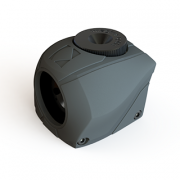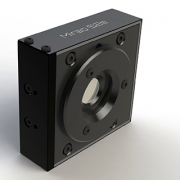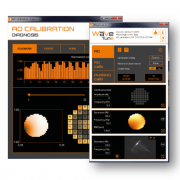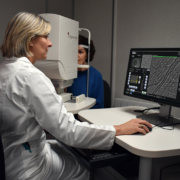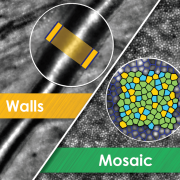From extremely distant stars in the sky
Adaptive optics technology was born from the desire to get a better view of the universe. Invented by astrophysicists to improve image quality in ground-based telescopes, it has enabled observing extremely distant stars in the sky.
to extremely small detail in the eye
Imagine Eyes® has taken adaptive optics out of astrophysics laboratories, and transformed it in order to improve image quality in retinal examinations. Our technology has enabled doctors to visualize extremely small detail in patients’ eyes.


